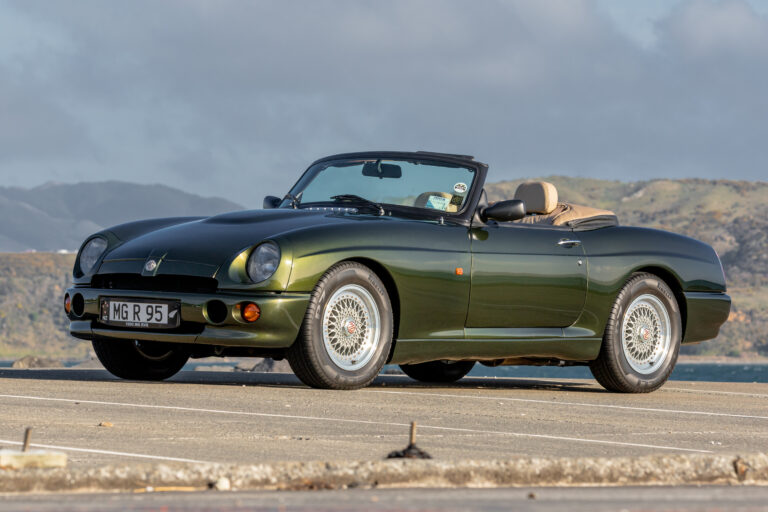Unveiled by Lotus earlier in 2015, the new 3-Eleven looked to once again embody the traditional Lotus ethos of subtracting weight to gain performance. Its combination of a 450hp 3.5-litre V6 engine and a weight of under 900kg created a lot of industry buzz. However, I don’t think anyone quite expected the 3-Eleven to be as explosively quick as it was when it undertook more than 2000km of testing at the notorious Nürburgring Nordschleife earlier in September.

Combining the best sector times set by the Lotus during this testing, the 3-Eleven achieved a combined lap time of 7min 6sec. That time isn’t just good — it’s utterly impressive, and quick enough to unofficially make the 3-Eleven the fourth-fastest production car to have ever lapped the immortal circuit. Lotus believes it can go even better, with test driver Marc Basseng stating that the car could achieve a time around seven minutes flat, in better conditions.
Instead of whipping out the spreadsheets, the best way to show just how fast that time really is, is to compare it alongside some of the incredible behemoths that it’s beaten. So here are five cars that the 3-Eleven would be able to surprisingly beat around the Nürburgring.
Gumpert Apollo Sport: 7:11.57

With a name goofy enough to cause its rivals to break out in chuckles, and a face uglier than most fish, the Gumpert didn’t make the greatest first impression when it burst onto the supercar scene back in 2005. But with a 4.2-litre twin-turbo Audi V8 under the Apollo’s massive rear engine cover, and ground effects to make most race cars jealous, the chuckles would never last long. In 2008 it topped the time sheets at Top Gear’s test track. And a year later it launched its attack on the Nordschleife — setting the second-best time for a road-legal production car ever at the German circuit.
Nissan GT-R Nismo: 7:08.68
Bypassing weight and outright power figures, the illustrious Nissan GT-R achieves the bulk of its speed through the layers upon layers of technology underneath its pumped-out exterior. But despite the original R35 GT-R setting an already incredible time of 7min 19sec in 2013, Nissan weren’t done — electing to send their 2015 Nismo version to the Green Hell. With more horsepower, larger turbos from Nissan’s GT3 racer, and an improved tyre and suspension package, the Nismo became a giant-killer in its own right — clocking a 7min 8sec lap. Not bad for a car that can reportedly be had for a fraction of the price of its exotic supercar rivals.
Lexus LFA Nürburgring Package: 7:14.64
Of course, Nissan aren’t the only Japanese manufacturer to load up their halo car with technology — Lexus elected to do the same with their LFA hyper car a few years later. When its concept premiered in 2005, people wondered whether this would be the predecessor to the Toyota Supra. But when it started to roll off the production line in 2010, we realized that the LFA would be aiming somewhat higher — especially with its prices starting at US$375,000, or NZ$600,000. Production of the LFA ended with a bang, when the manufacturer released its special Nürburgring Package edition. With an increased power output from its 420kW V10 donk, extra aerodynamic aids, and a recalibrated transmission, the special LFA clocked the fifth-fastest time for a production car at the circuit at the time, reaching a top speed of 298kph along the way.
Dodge Viper ACR: 7:12.13

For all the stereotyping about how agricultural American cars can seem when they have to negotiate a corner, manufacturers from the United States seem obsessed with sending their cars to the Nürburgring. In 2011, Dodge joined in the fun, sending down their ACR. Based on the ZB platform, the ACR saw the dodge team take a leaf out of the books of companies like Lotus — removing all but the bare essentials from the Viper in the pursuit of lightness. The hard work payed off, with a blistering 7min 12 sec lap time. But with another ACR on its way in 2016, we’re waiting upon Dodge’s return to the hallowed grounds of Germany to wave the stars and stripes higher than ever before.
Ferrari Enzo: 7:25.21

It might surprise you, but the fastest recorded lap from a Ferrari production car at the Nürburgring doesn’t even make it into the top 20. Of course, it’s a statistic you can take with a grain of salt, as Ferrari are one of a string of manufacturers who are a bit sheepish when it comes to sharing how quick their production beasts are compared to the competition. But for now, the superb Enzo holds the fastest recorded time around the Nürburgring for a prancing horse — recording its 7min 25sec lap time back in 2008 as part of a test conducted by Evo Magazine.


